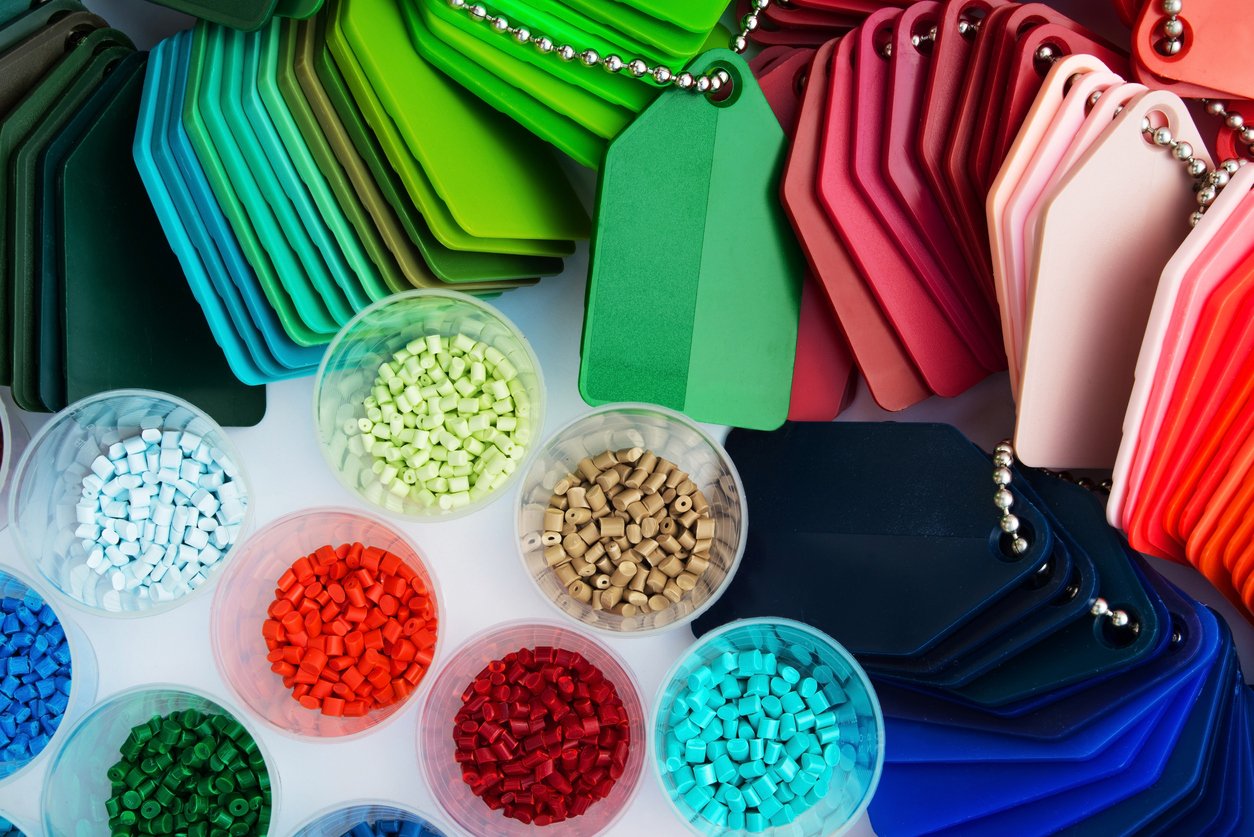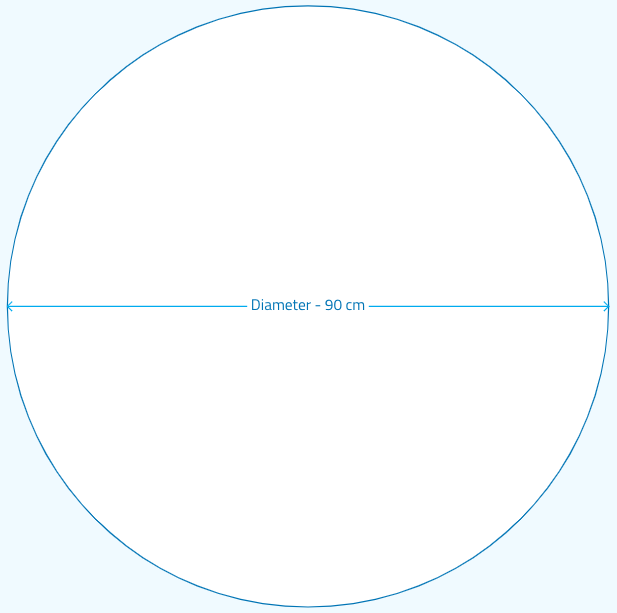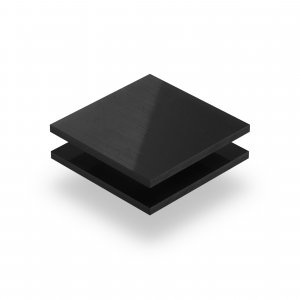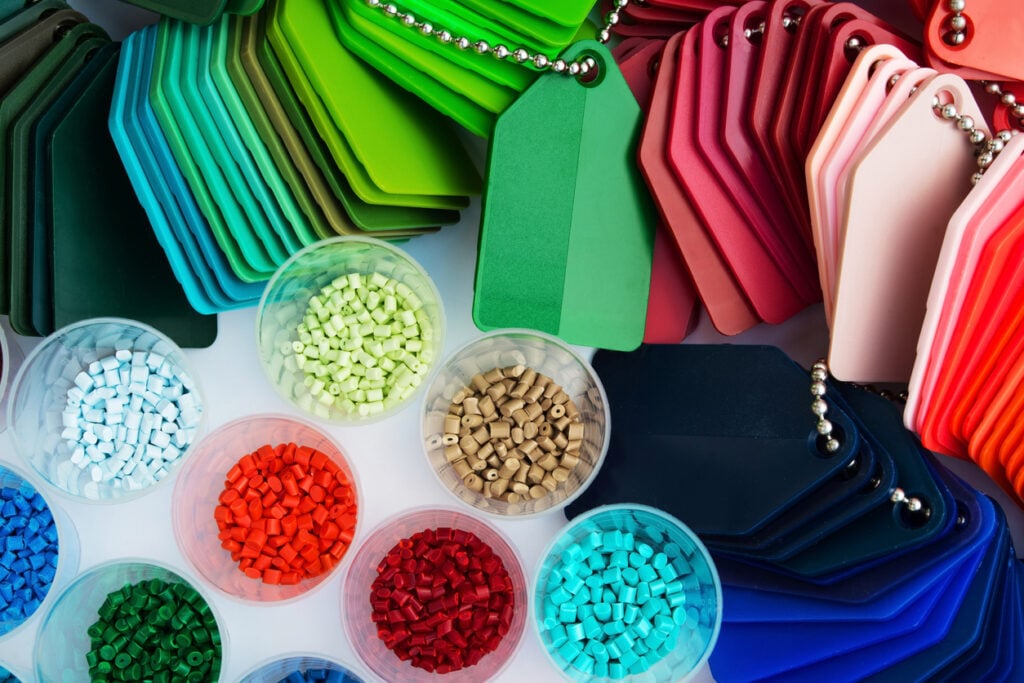Characteristics of HDPE
HDPE is a durable material that can withstand a lot of stress. It is a relatively flexible material that is very suitable for long-term use. High density polyethylene is not only resistant to loads, but is also hardly subject to chemical attack. Bacteria and dirt have difficulty adhering to polyethylene.
| Name | Chemical abbreviation | Alternative names |
|---|---|---|
| Polyethylene | PE | HDPE |
| PEHD | ||
| Polythene | ||
| Rigid PE | ||
What is HDPE used for?
HDPE is mostly used for industrial purposes. HDPE is often used in production lines, because it is a tough, rigid, wear-resistant and chemical-resistant material. These properties are ideal for HDPE to be used outdoors, in places like playgrounds, or even as road slabs. In short, because of its extreme robustness, HDPE is utilised where the sheet is used intensively and needs to be wear-resistant.
Examples of where HDPE is used are:
- Industrial purposes
- Play grounds
- Road slabs
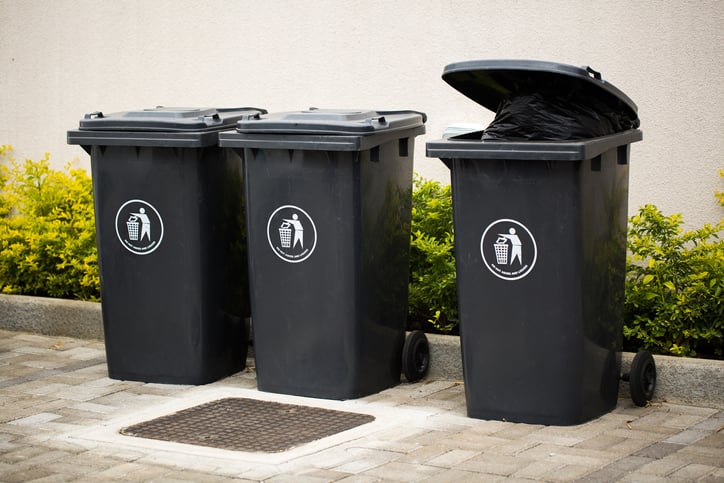
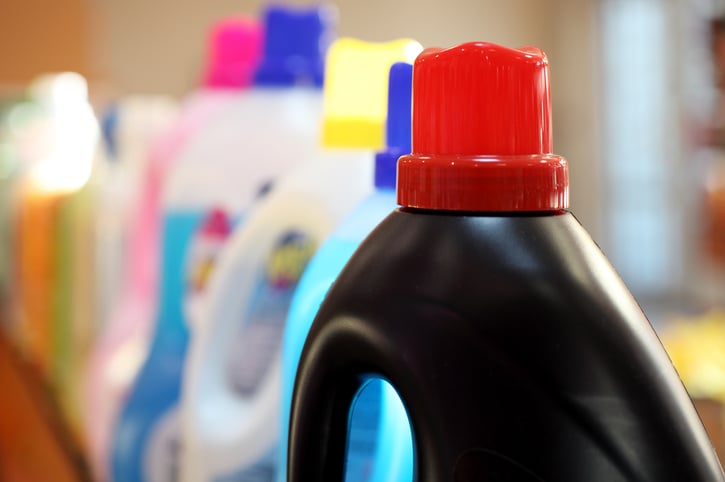
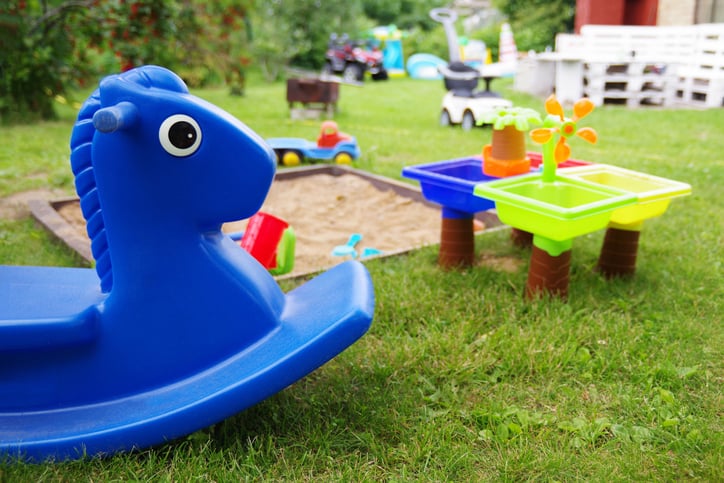
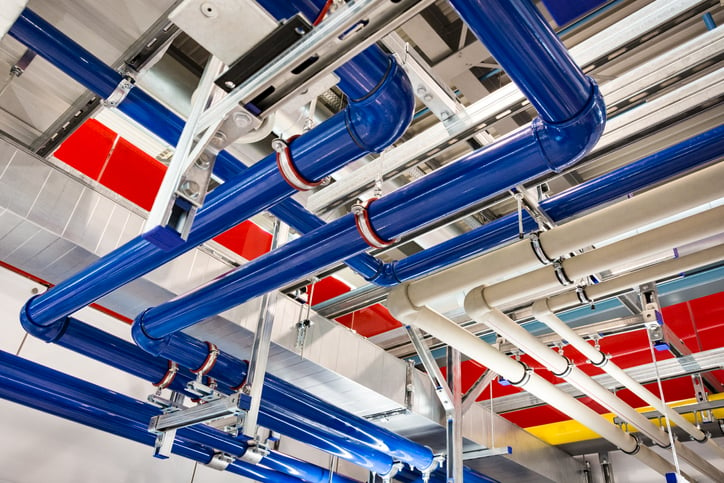
The 4 most important properties of HDPE are:
1. Ease of processing
One of the main properties of polyethylene is that it is a thermoplastic. This means that when heated, the material becomes soft. This makes it easy to modify high density polyethylene and use the material for a wide variety of applications. It can also be welded: from water and gas pipes, to artificial joints. Polyethylene is also sterilisable.
2. HDPE is recyclable
Because you can easily melt polyethylene, this plastic is great for recycling. On the other hand, it is high density polyethylene (HDPE), so also has a long life span.
3. Extremely strong
The high density polyethylene (HDPE) sheets you find in our store have a high density. This means that the material is strong, rigid and wear-resistant. Because of its high rigidity, HDPE is ideal for pipes under pressure. It is also very resistant to higher temperatures and chemicals. In addition, high density polyethylene is also frost-resistant down to -30°C. This makes it a popular material in the food industry, examples include; fish crates and freeze-resistant containers.
4. High electrical resistance
Unlike metals, polyethylene has high electrical resistance. This means that HDPE does not conduct electricity. On the contrary, polyethylene is an insulator and therefore blocks electricity and heat. In addition, HDPE does not absorb moisture.

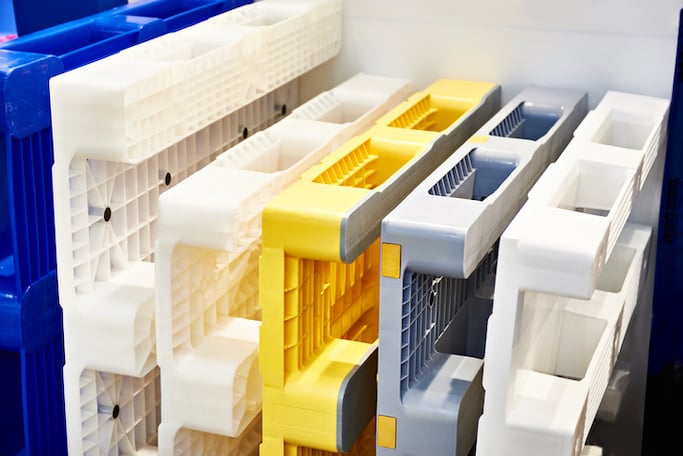
Our assortment
We offer a wide range of HDPE sheets at affordable prices. HDPE is also called hard polyethylene (High Density PE). HDPE sheets are available in thicknesses from 3mm to 20mm.
Polyethylene is also suitable for use in wet conditions, for example; in tanks, swimming pools and other outdoor applications. It is easy to keep clean and has a long-service life, contributing to its popularity. HDPE sheets are often used in the transportation industry where a relatively light-weight durable material is needed. HDPE is easy to process by milling and sawing. Your order will be milled and sawn to size.
Recommended products
Sustainability
This type of polyethylene is extracted from petroleum, but is a long-life durable material. Its chemical resistance properties can mean it will last for more than 150 years. The energy required to produce HDPE is far less than that of alternative materials. High density polyethylene must however be handled with care. Its long shelf life means that it is harmful to the environment. It is therefore important to collect any waste material and recycle it. HDPE can be 100% recycled.
Specifications of high density polyethylene sheets
HDPE is an inexpensive plastic. This type of polyethylene panel is often used on large surfaces, such as roofing or as road slabs. It’s ideal for use in a pond or the side walls of a swimming pool; where the sheets can be welded together. Polyethylene is a thermoplastic material and can therefore be repeatedly melted and re-extruded into panels.
HDPE is the preferred material for numerous industrial and outdoor applications. It is resistant to UV light and most chemicals. Even dirt has difficulty adhering to it, which also means it is not recommended to be glued.
Specifications
The Invention of HDPE
Like many modern plastics, polyethylene was discovered by accident and initially it was not realised what the new material could be used for. The lack of production techniques also restricted its usability. HDPE was discovered in 1933, which ignited the search for the practical applications for this material. We see that this has been a success. Polyethylene is the most widely used plastic in the world. Each year, 80 million tons are produced globally. We know it mainly as packaging material, for plastic bags, bottles and aluminium foil.

